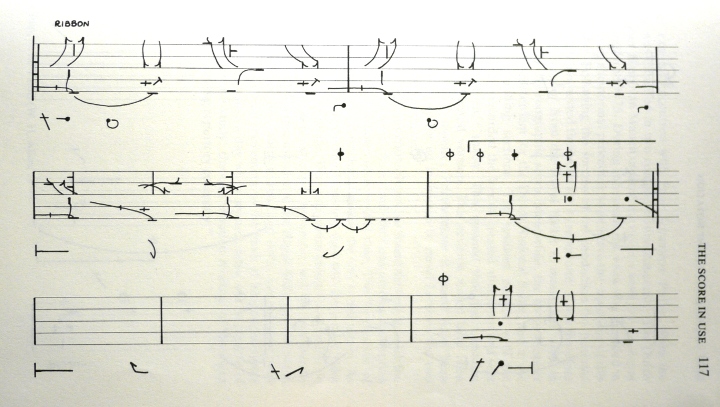

Our everyday, built environment is full of typographic failures, many a consequence of system failures. Sign systems which are accessible to small businesses through minimal effort or cost, often fail to offer adequate flexibility and ease of maintenance. These systems and templates—designed specifically to accommodate change—are strained by constantly shifting communication needs. The cost of goods and services and hours of operation, seemingly simple facts, are often accompanied by narratives and contingencies that mirror nuanced human and business activities. The resulting system failures and workarounds are only marginally communication failures, as key information is imparted regardless of the typographic and system failures. Examining evidence of these failures exposes a rich, accumulated visual history of past states, suggesting that our present state is uncertain at best.






This essay focuses on failures in the display of prices and hours, but evidence of the struggle to cope with constant message change is found throughout the built environment.
Methods employed to accommodate changing messages have evolved through the years as new technologies have developed. These strategies include surface paint and repaint, rotate and flip mechanisms, tracks and inserts, rearrangeable individual letter systems, mechanical fasteners, write and erase surfaces, adhesives, vinyl letters, and various digital and screen-based delivery methods.
Rapidly changing economic conditions have sparked fuel price swings, repeated markdowns and reduced hours. Added to the usual seasonal price and hour changes, these recent conditions have pushed sign systems to a failure point that was noticed by national news media.
Mechanical devices and systems, designed to accommodate change, break down for many reasons, including a lack of end user motivation to maintain as designed. Often parts and letterforms needed to maintain these systems must be stored and then retrieved for later use. There are also limitations imposed by the number of available letterforms provided or even the number of digits allowed. Adhesive based systems often fail because removal appears to be difficult, either requiring a time consuming process or a lack of appropriate solvents. This results in defunct information requiring masking or layering, an everyday palimpsest that exposes failed efforts to remove or hide past states.









Modifying individual prices, route numbers, or directional arrows involves a limited typographic structure, where one number or direction is replaced by another. Hours of business, on the other hand, require more complex typographic structures. There are template signs available that simplify the communication to an ‘open’ or ‘closed’ state or a dial or clock which is spun to indicate the time when staff will return. There are many templates available to aid in the display of a detailed list of hours. These templates reduce the communication to a simple fill-in-the blank of open and close hours in a predetermined seven-day structure. This is a default condition, which at first glance, seems fail-safe and easy to use. A closer observation of the actual use of these signs shows much more nuanced communication needs. In some cases the repetition of the same hours day after day leads to a texture that actually obscures the intended message. In other cases multiple open and close times within a single day are squeezed into the predetermined spaces. Marking the closed days presents a quandary and additional notes are frequently added to explain extenuating circumstances and provide contact information.
The failure of the templates to anticipate the communication of seasonal hours, holiday weekends, vacations and other contingencies, typically prompt additional signs to amend the base store hours. Some businesses choose to explicitly communicate uncertainty and variance through their signs. Many of the observed failures appear to stem from an acceptance of casual notes and visible fixes as a means of communicating a local, non-corporate enterprise.



Digital signs offer the promise to ameliorate many of the failures and limitations of changeable mechanical and adhesive systems. LED screens, installed as part of city or corporate sign systems, offer easily updated transportation route numbers and gas prices. Fluid grids of pixels offer the potential for instant updates and reduced failure rates with the exception of malfunctions that expose underlying code, an absence of data, or system shutdown.
But readily accessible and affordable digital signs displayed by small businesses present a different set of potential failures. These signs typically offer small screen size, limited typographic choices and preprogrammed transitions. The ill considered parsing of messages into endlessly repeating loops often result in a failure to communicate clearly without a time investment by viewer to piece together the fractured message. Additional options including stock images and transitions can easily be used in ways that obscure basic hours and prices, adding complexity to the messages conveyed.
Despite promised seamlessness, each new technology has limitations evidenced in failure and expedient workarounds. Future delivery of everyday information will likely be through RIFD (Radio Frequency Identification), allowing cell phone users to receive hours and prices based on their proximity to a business. The design and distribution of systems and default templates used in everyday communcation is a fertile area for designers wanting to make an impact on typographic failure.


